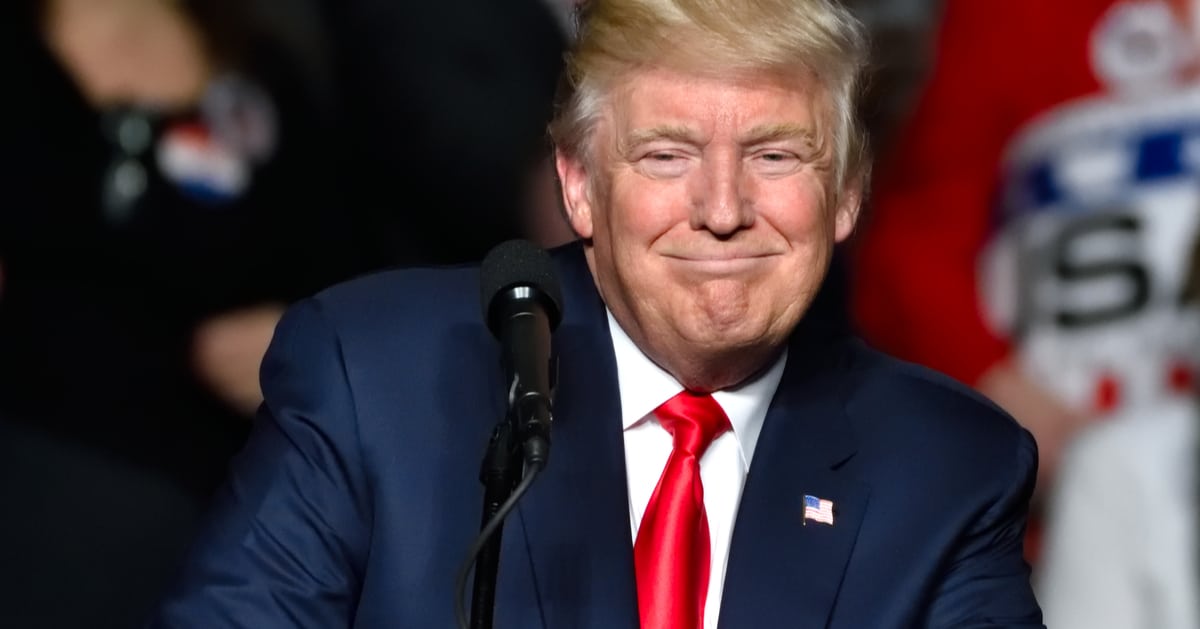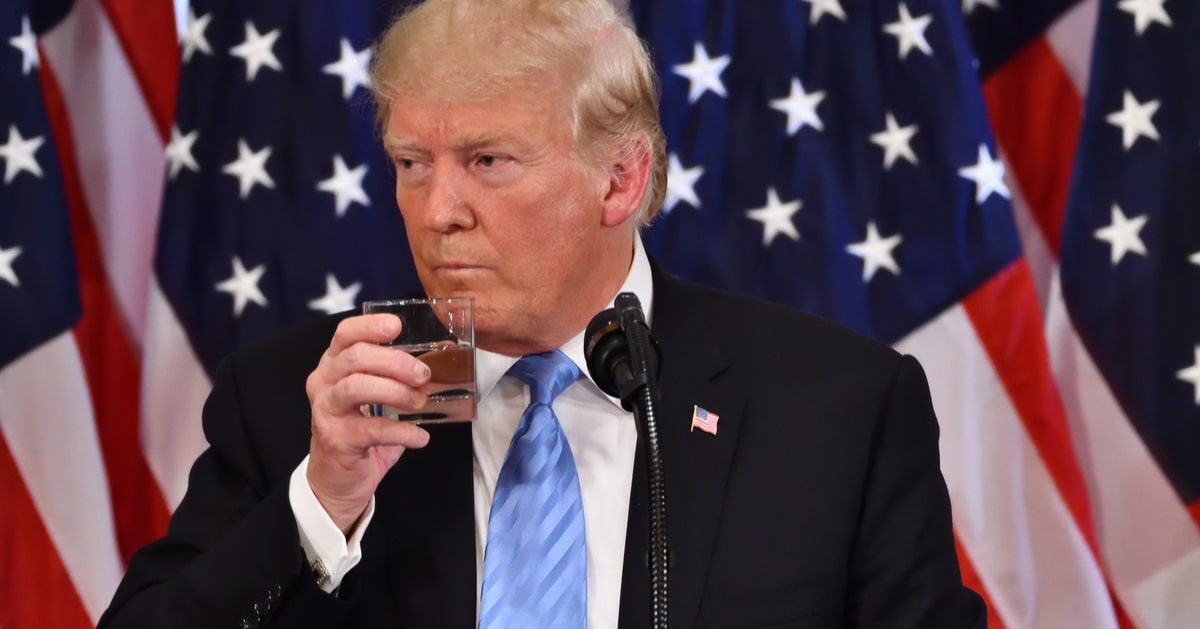



Last week, federal authorities arrested Panos Anastasiou, an Alaska man charged with making violent threats against six Supreme Court justices and their families.
The National Review reported that the Justice Department revealed that Anastasiou had threatened to torture and kill the justices, marking a new escalation in the climate of hostility surrounding the nation’s highest court.
His threats reflect a troubling trend of increasing danger aimed at Republican-appointed justices over recent years.
Attorney General Merrick Garland explained that Anastasiou’s threats stemmed from disagreements with the justices' rulings. According to Garland, the motive behind these threats was retaliation for decisions Anastasiou found unacceptable.
This situation is part of a larger pattern of intimidation tactics aimed at members of the judiciary, particularly those appointed by Republican presidents.
In 2022, following the leak of the Supreme Court’s draft opinion on the Dobbs v. Jackson Women’s Health Organization case, public demonstrations turned increasingly hostile. Justices, especially those appointed by Republican administrations, became the focus of protests and intimidation. This tension was not limited to the courthouse but extended to the personal lives of the justices.
Justice Amy Coney Barrett, in particular, saw protests organized not only at the Supreme Court but at her church and her children's school. These actions, meant to create fear and discomfort, showed a heightened level of personal targeting aimed at the conservative justices.
In light of these increased threats, security measures around the justices have been enhanced. The safety concerns escalated further following an assassination attempt on Justice Brett Kavanaugh on June 8, 2022.
That incident, in which a heavily armed man was arrested near Kavanaugh’s home, highlighted the need for stronger protection.
While such extreme acts of violence against justices have gained some media attention, the overall level of coverage remains disproportionately low compared to the gravity of the threats faced by these justices.
Despite the seriousness of the threats, media coverage has been uneven. The arrest of Panos Anastasiou, for example, received brief and minimal attention from major outlets. ABC's "This Week" made only passing mention of the threats, with little in-depth reporting on the nature or scope of the intimidation.
This lack of media attention is even more striking when compared to coverage of other judicial-related incidents. For example, CBS’s "60 Minutes" devoted significant time in 2021 to the case of Judge Esther Salas, whose son was killed in an attack on her family.
The same program also reported on a security dossier related to Justice Sonia Sotomayor. However, threats against conservative justices have not received comparable attention.
Critics point to this disparity in coverage as a sign of political bias. According to observers, the reporting on the Supreme Court has often focused more on pseudo-ethics controversies and allegations against conservative justices than on the real and growing threats to their safety.
The tone of recent media coverage, some argue, reflects a deliberate attempt to undermine certain justices' legitimacy. In particular, conservative justices have faced a barrage of attacks related to their rulings on controversial cases, such as the Dobbs decision and others involving high-stakes social issues.
The threats against Supreme Court justices are not a new phenomenon, but they have been amplified in recent years. In 2020, for instance, Senate Majority Leader Chuck Schumer issued a stark warning during a rally outside the Supreme Court, referencing specific justices by name.
His remarks, which included the phrase, "You have released the whirlwind, and you will pay the price," were widely condemned for contributing to an atmosphere of hostility.
These incidents illustrate how rhetoric aimed at the judiciary can fuel real-world violence and intimidation. The assassination attempt on Kavanaugh and the threats against Anastasiou serve as grim reminders of how far such intimidation can go.
As tensions surrounding the Supreme Court continue to rise, the pressure on Republican-appointed justices has intensified.
The pattern of protests, threats, and even assassination attempts points to a dangerous climate for the nation's highest judicial authorities. Critics of these actions note that violence or the threat of violence against justices, regardless of their political leanings, undermines the integrity of the judicial system as a whole.
The disparities in how such events are covered in the media only add to the growing sense that political biases are driving the narrative, rather than an objective assessment of the threats faced by the justices.



